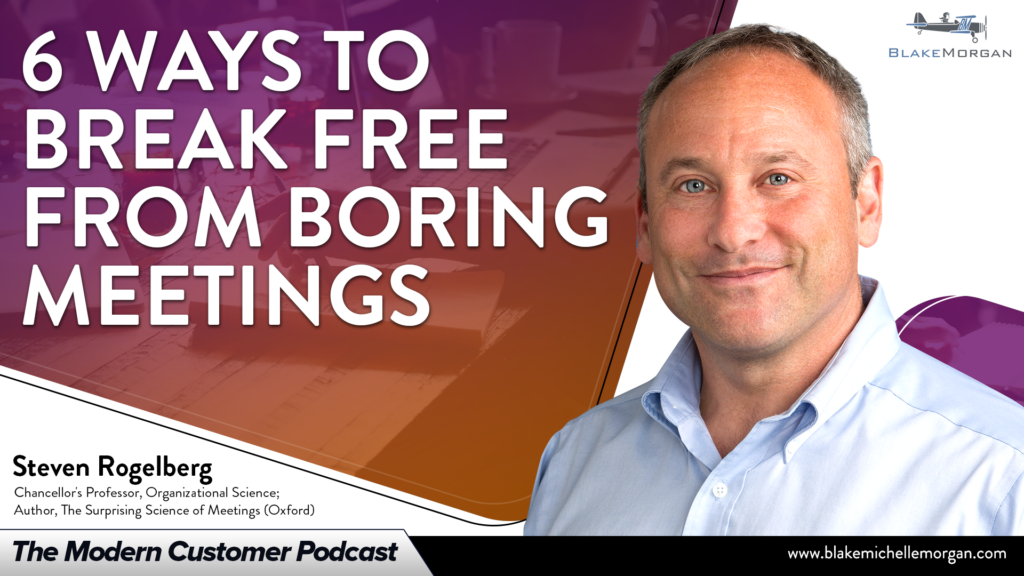Everyone who has sat through an irrelevant or bloated meeting knows the pain it can cause. Meetings that are too long, have too many people or wander from point to point can be counterproductive and put a drain on creativity.
And somehow, during the COVID-19 pandemic, people are finding themselves in more meetings than ever before.
According to Steven Rogelberg, author of The Surprising Science of Meetings: How You Can Lead Your Team to Peak Performance, the problem isn’t that there are too many meetings, it’s that there are too many bad meetings. He suggests taking a science-based approach to break free from boring meetings and embrace meetings that encourage innovation and creativity.
Here are just six of Rogelberg’s tips to running a better meeting.
- Use silence. Research has found that silent brainstorming in meetings generates twice as many ideas as vocal group brainstorming, and the ideas tend to be more creative. Don’t feel like you have to fill every meeting with endless talking. Lean into silence on occasion to build engagement.
- Be sensitive to the role as a facilitator. As the person leading a meeting, your job isn’t to dominate, but rather to build inclusion and an environment where people can collaborate and get results.
- Create a thoughtful agenda. When structuring your agenda, put the most pressing items first. If the meeting runs long or you don’t have a chance to get to everything, at least you addressed the most important issues. Ask for input from attendees about what agenda items should be addressed.
- Build an agenda around questions. Instead of building an agenda around a set of topics to discuss, frame the agenda as a set of questions to be answered. This approach creates different thinking and gives you a better idea of who to invite who can best answer the questions. When the questions have been answered, the meeting is over.
- Run a pre-mortem. Many companies use post-mortems to follow up on meetings and what can be improved for next time. But Rogelberg suggests taking a few minutes before a meeting for a pre-mortem. Ask yourself what could go wrong, then make adjustments to prevent those things from happening. This quick thought exercise can completely change a meeting.
- Start with positivity. Leaders set the tone for the meeting. When you start with positivity and optimism, it creates the same collective mentality for attendees. Take time at the beginning of the meeting to set collective expectations so everyone knows their role.
Meetings will forever be part of the business world—especially now, when people are separated and working from home. But they don’t have to be boring! With a few simple adjustments, you can lead meetings that get results and encourage creativity and innovation.
Blake Morgan is the bestselling author of The Customer of the Future. Sign up for her new course here.
For regular updates on customer experience, sign up for her weekly newsletter here.

